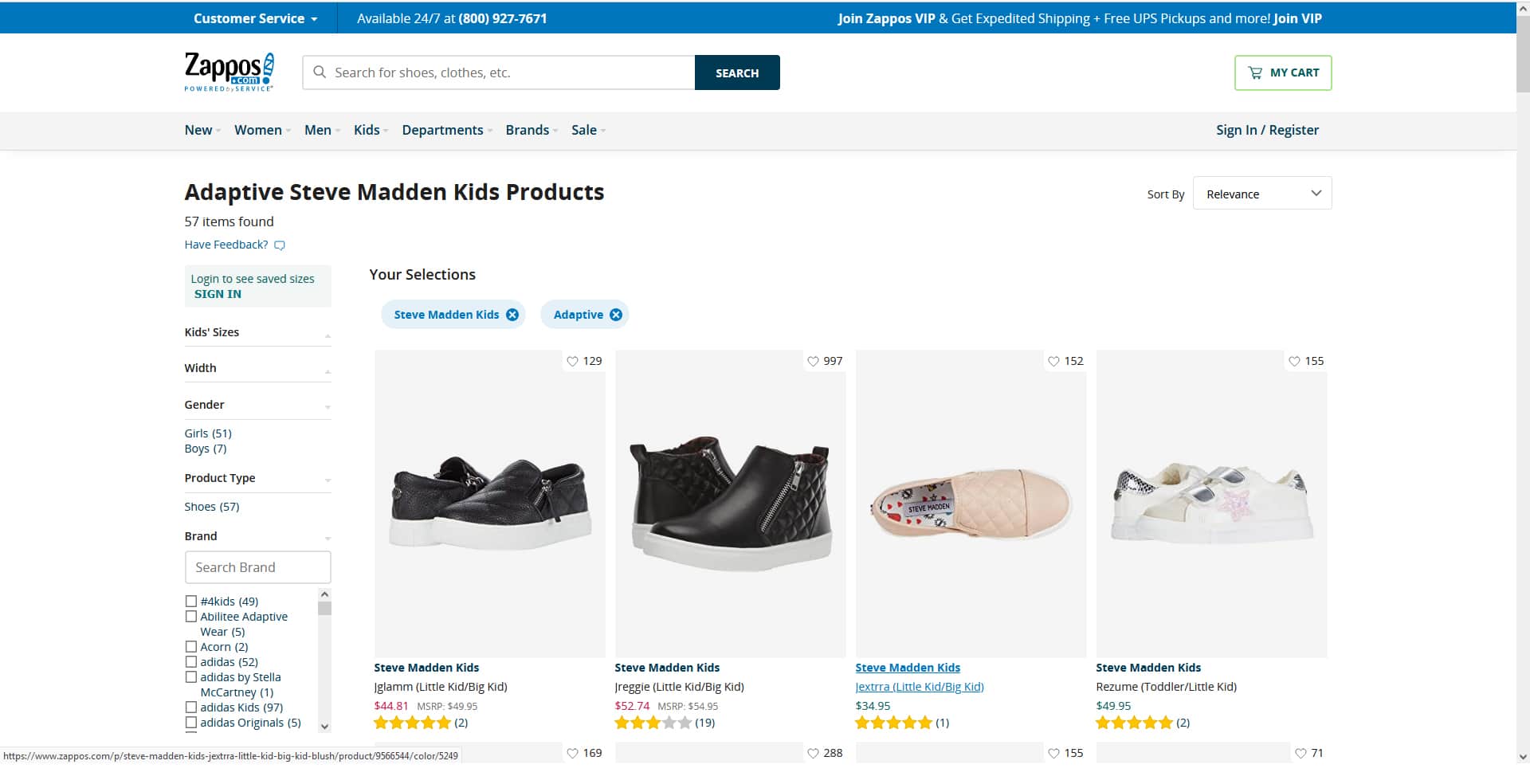As the popular Ray Stevens song goes, “Everybody’s beautiful in their own way…”
We couldn’t agree more. But until very recently, it was difficult to find beauty products that were accessible to all. Those that did exist were typically available through small, independent companies and weren’t sold in chain stores or at department store makeup counters.
With its new disability friendly packaging, beauty brand Olay North America has taken a major step forward in changing the status quo of the beauty industry.
In early November, Olay, which is owned by Procter & Gamble—an American multinational consumer goods corporation that makes everything from Pampers to Tide to Bounty to Crest—announced it would begin selling its most popular skincare products with a newly designed limited edition “easy open lid.”
The lid will make opening popular Olay products, including the Regenerist Micro-Sculpting Cream, Vitamin C + Peptide 24 Face Moisturizer, Retinol 24 Face Moisturizer and Collagen Peptide 24 Face Moisturizer, easier for individuals with a range of disabilities including arthritis and joint pain, multiple sclerosis, cerebral palsy, fine motor challenges and limb length disparities. Additionally, the lid features the label “skin cream” in braille. Products with the easy open lid are available on Olay’s website at olay.com/opentochange.
The innovative design comes as a result of customer feedback and was created for individuals with disabilities in consultation with disabled consumers. It is not clear why Olay decided to make the easy lid a limited edition. Hopefully, it will continue production if the design change is well received.
“We were honored to work closely with a passionate group of people to bring this easy open lid to life,” said Chris Heiert, Senior Vice President of Olay in a recent press release.
“As a global brand, it’s our responsibility to ensure that ALL consumers have access to products that serve their needs and fit seamlessly into their daily lives. But we can’t do it alone, which is why we’ve chosen not to patent this lid, and rather share the design widely with the beauty community. Our hope is that others will join us in our efforts in making products more accessible for everyone.”
To encourage the beauty industry to embrace inclusive product design, P&G is offering the design for the easy open lid on its website at no charge to other beauty brands.
Back in 2018, P&G’s Herbal Essence haircare line updated its shampoo and conditioner bottles so that people with low vision and blindness could distinguish between the two products. The brand’s shampoo bottles are designed with four raised lines on the bottom of the plastic containers while the conditioner bottles have a raised grid of eight circles. This small change makes a big difference to those who cannot read the products’ labels.
P&G says these design changes are just the beginning. The corporation has made a commitment to make all its packaging easier to open by the year 2025.













